First Look: Lantu FREE+: A Huawei-Infused Version of the "AITO M7"?
![]() 07/01 2025
07/01 2025
![]() 714
714
Losing one's original identity doesn't necessarily spell doom for sales.
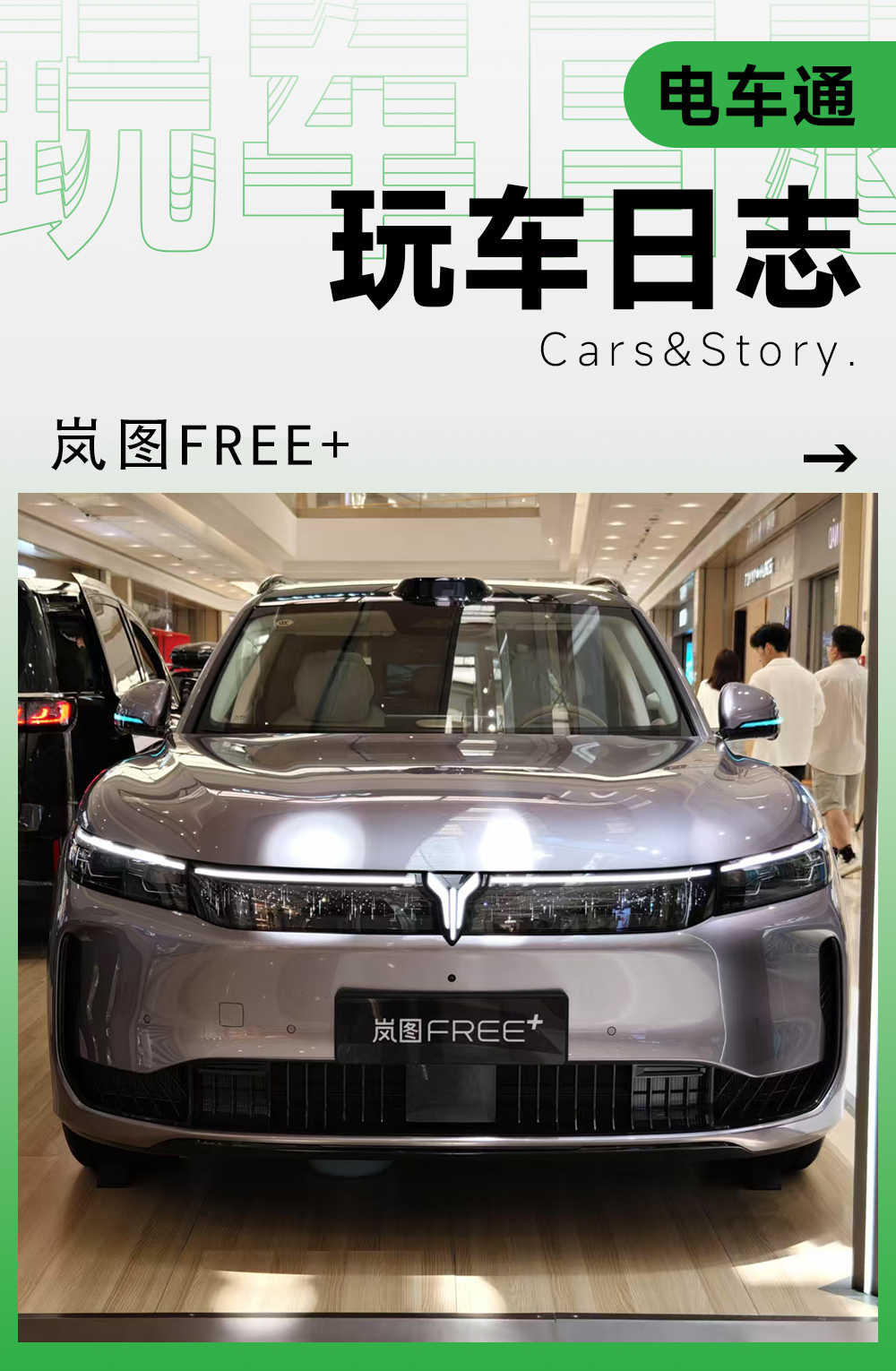
In early 2024, Dongfeng Motor Corporation's premium electric vehicle brand Lantu officially announced a strategic partnership with Huawei. By mid-August of the same year, the duo unveiled the world's first MPV model equipped with Huawei Kunlun intelligent driving and Harmony cabin systems—the latest Lantu Dreamer.
Whether it's due to Lantu's established reputation for high-end models or Huawei's technological influence, the new Lantu Dreamer has seen a significant sales uptick compared to its predecessor, consistently ranking among the top 20 PHEV models and top 3 MPV models in China.
But what about Lantu FREE?
As the brand's inaugural model, Lantu FREE has experienced lukewarm sales in China, hovering between 1,000 and 2,000 units per month, with a peak of around 3,400 units. It has undergone a major redesign, even incorporating Baidu's intelligent driving assistance, but still struggles to find its target audience.
Enter Lantu FREE+, with another design refresh and a starting pre-sale price of 229,900 yuan. Partnering with Huawei, it's marketed as a "Huawei-series SUV." Within 18 hours of its pre-sale launch, it secured over 10,000 small orders, hinting at the potential success of this new direction.
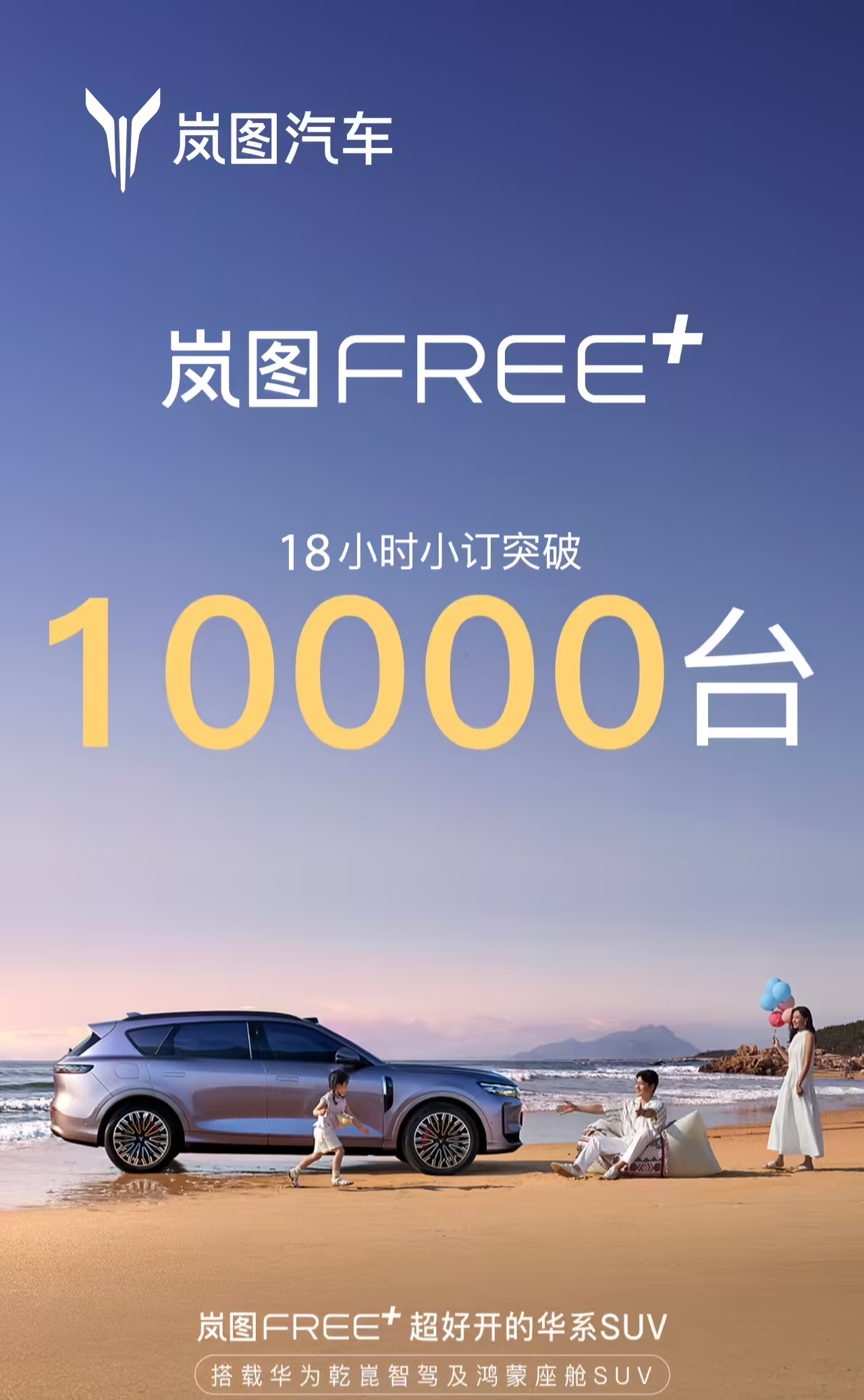
(Image from Lantu)
Last week, Electric Car News attended an event in Hangzhou and stumbled upon a new Lantu FREE+ on display at a Lantu booth in a major shopping mall. Out of curiosity, we took a closer look and compared it to its predecessor.
With another design language change, will more people embrace it?
Last May, Electric Car News reviewed the older Lantu FREE, describing it as an "underestimated potential stock" with a "gasoline-like" driving experience. While Lantu FREE emphasized youthful sportiness and off-road capabilities, it fell short in interior youthfulness and software interaction.
These unique traits have vanished in Lantu FREE+. Instead, it adopts a more mainstream and sellable approach.
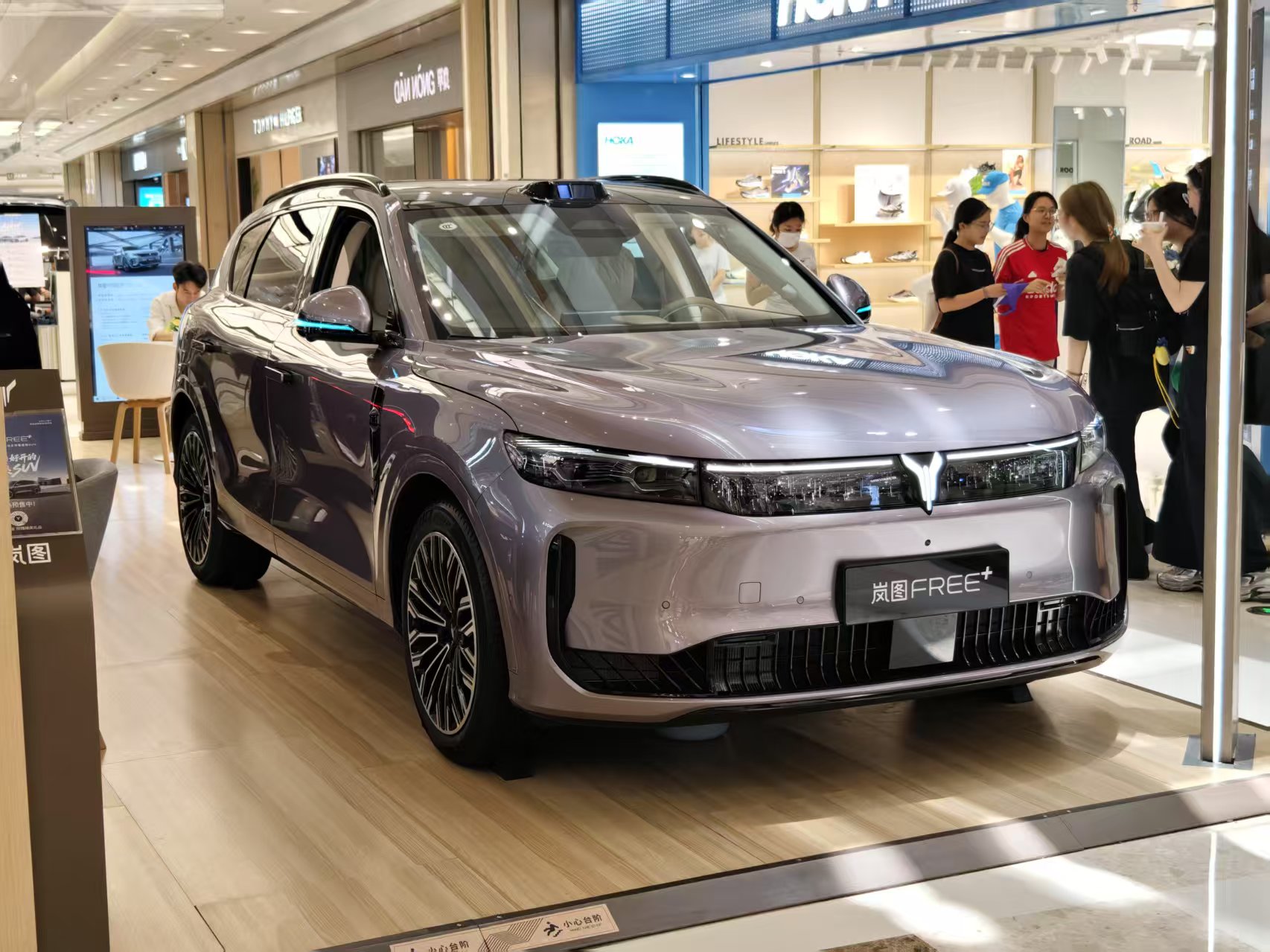
(Image taken by Electric Car News)
Compared to its predecessor, Lantu FREE+ retains the same body contour but features revised rear and front ends, a new front face, rear spoiler, wheel hub design, and a set of fashionable colors with a meteor-effect closed grille.
The multi-spoke wheel hub design adds a premium touch, while the Michelin e·Primacy tires, specifically designed for electric vehicles, are common in high-end models.
The domestic auto market is heavily influenced by aesthetics. With limited technical understanding, consumers prioritize good looks. While the development cost of exterior parts and paint is lower than that of the body frame, it's enough to transform Lantu FREE's image, making it more gentle, fashionable, and technologically advanced—reminiscent of the "AITO M7".
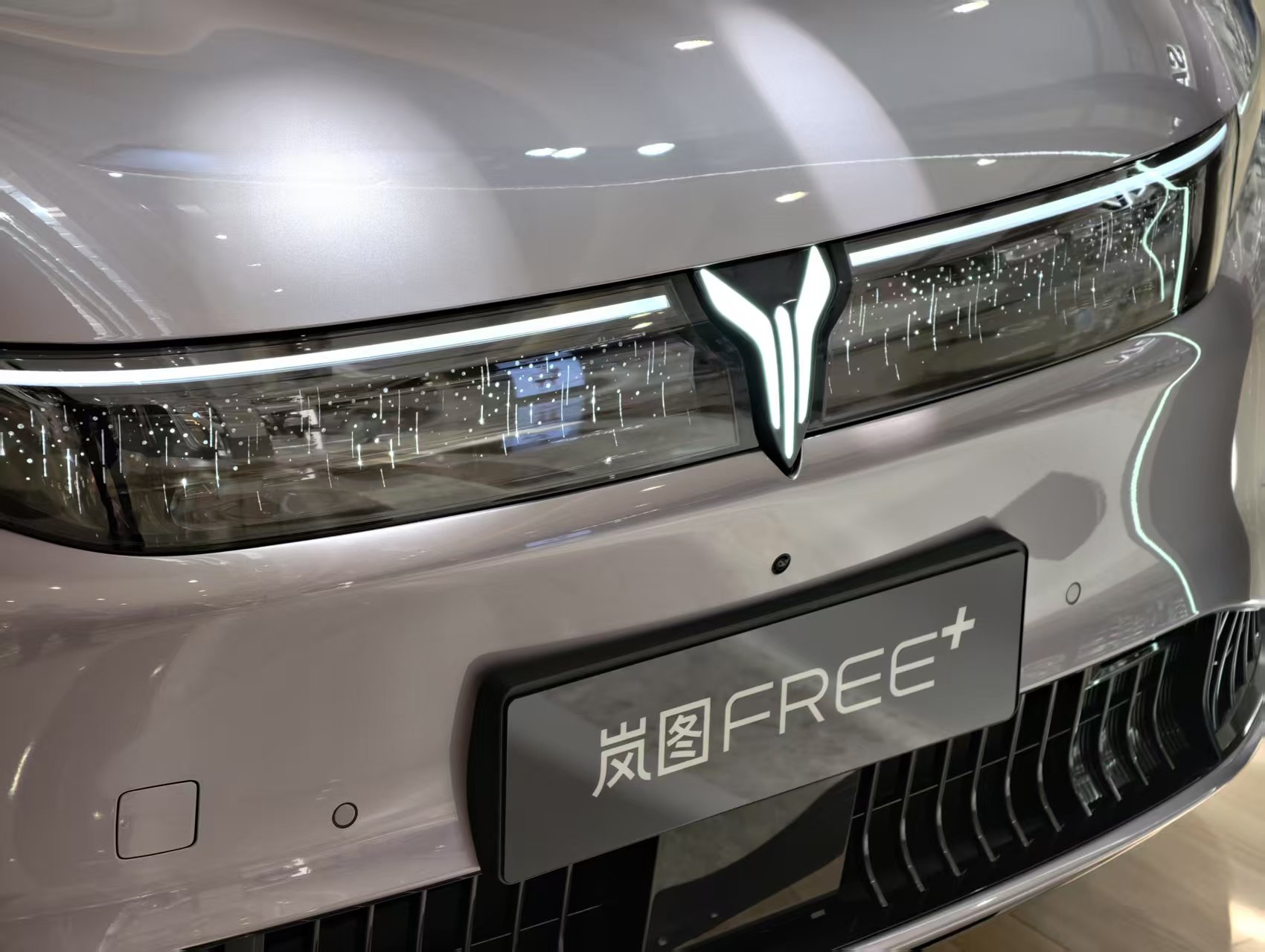
(Image taken by Electric Car News)
The rearview mirrors and illuminated logo on the rear end feature "little blue lights" to alert surrounding drivers when intelligent driving is activated. This industry-rare feature uses the car logo as an intelligent driving light.
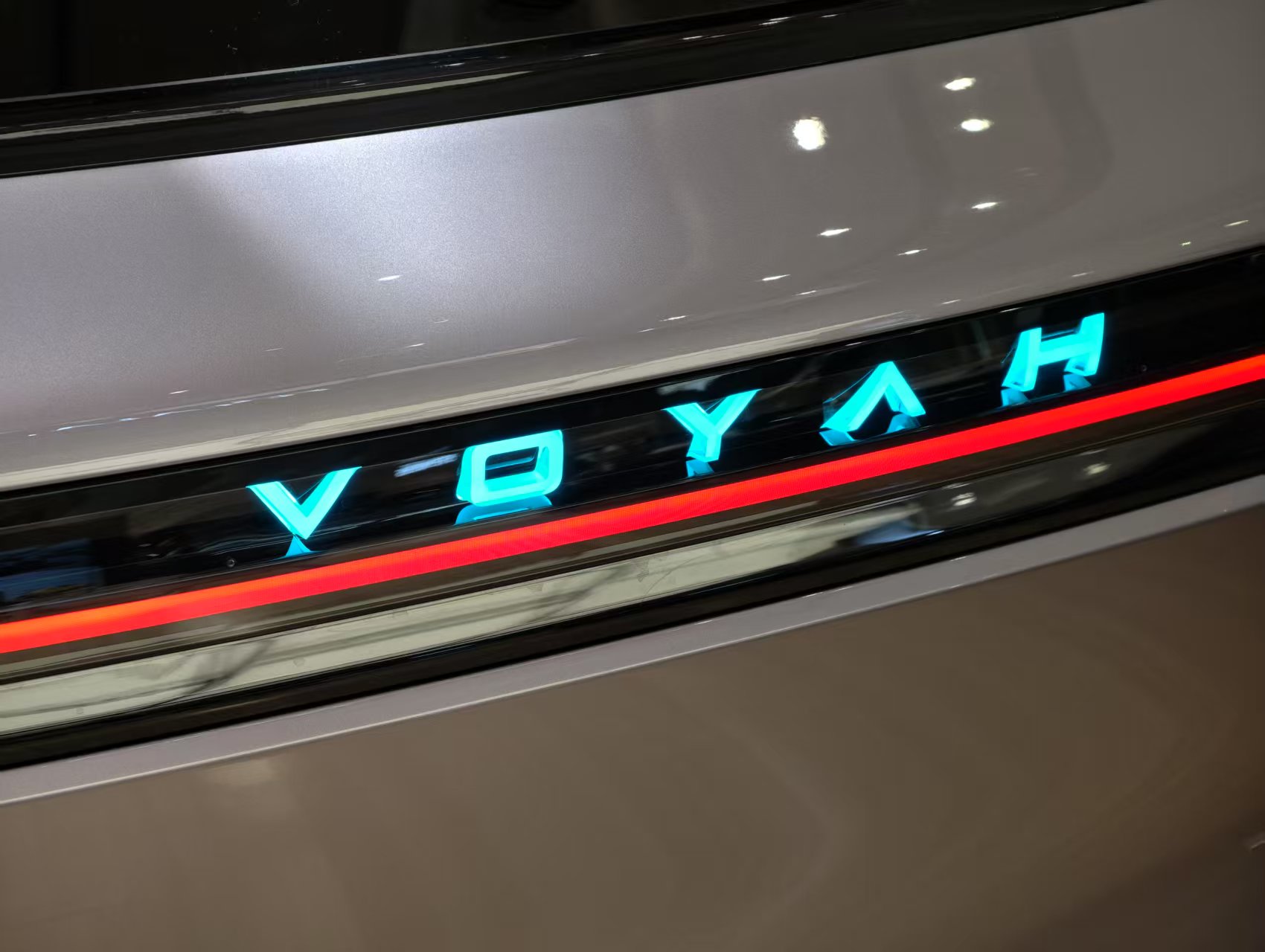
(Image taken by Electric Car News)
This adjustment isn't necessarily bad. Lantu FREE+ adopts a more marketable approach, and mainstream design positively impacts sales to a certain extent.
However, a long-time fan of Lantu FREE, impressed by its driving experience, told Electric Car News that he couldn't accept the exterior changes. He prefers the dynamic and exaggerated design of the previous model, valuing the emotional value behind personalized design. Lantu FREE+ seems more like a "common product," though he's still tempted by the pre-sale price.
A passerby had a different view, finding Lantu FREE+'s design steady and very much like a "new energy vehicle." When shown the previous model's design, he still preferred the new Lantu FREE+.
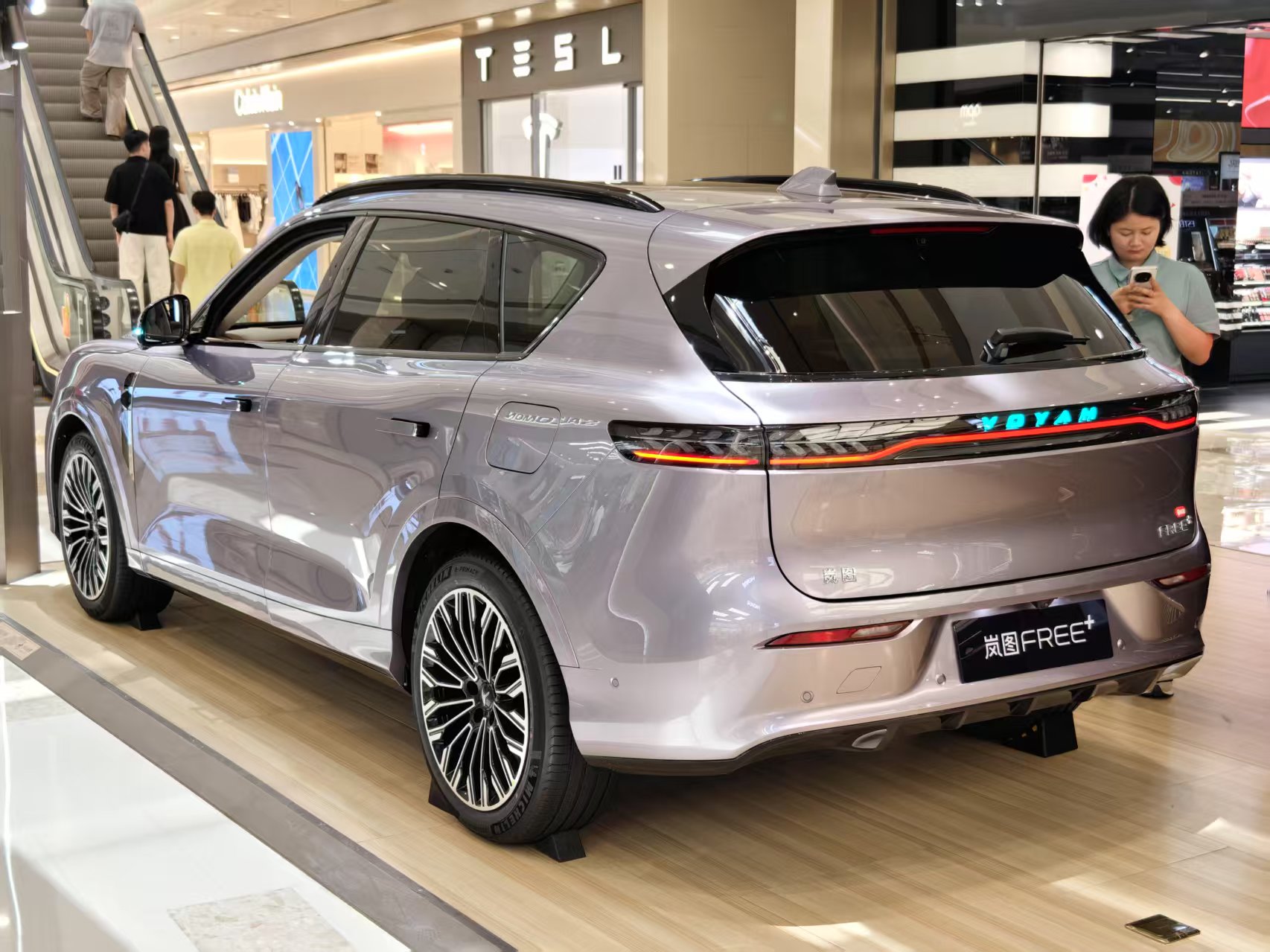
(Image taken by Electric Car News)
Exterior design changes are bound to please some and disappoint others. During product exploration, this is inevitable. For a product to succeed, market acceptance trumps individuality.
Fortunately, Lantu FREE+'s interior changes and upgrades are less controversial.
Harmony Cabin + Huawei Intelligent Driving: Addressing Lantu FREE's Biggest Shortcoming
Alongside the exterior overhaul, the cabin has also undergone a transformation.
Lantu FREE+ replaces the previous model's elevating triple-screen and protruding camera with a single large screen, instrument screen, and a simple interior design style common in modern electric vehicles. The exhibition car had a light-colored interior, harmoniously combining soft packaging and wood, with storage compartments covered in soft material, indicating high quality.
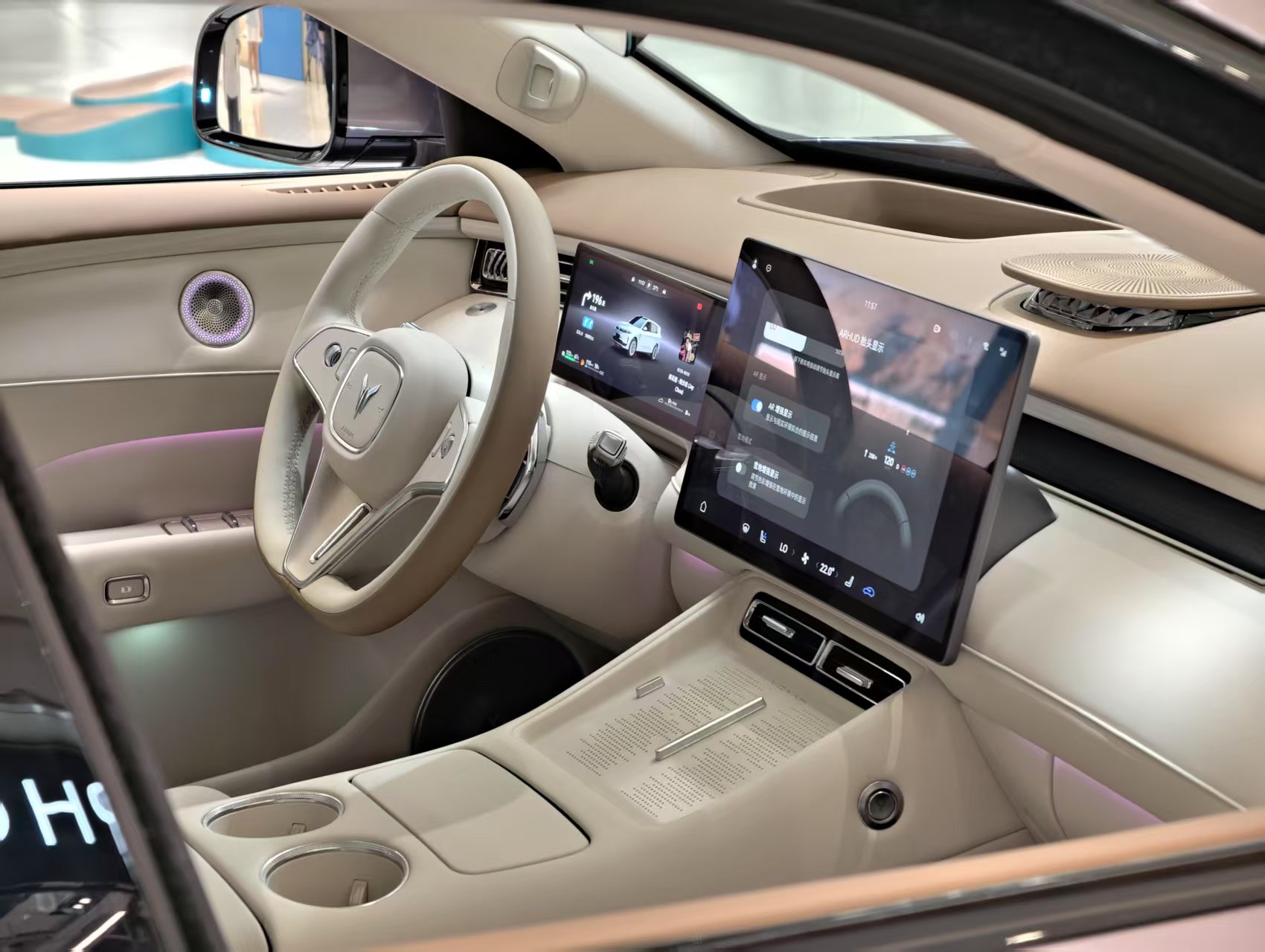
(Image taken by Electric Car News)
The air conditioning vents maintain a manual adjustment design, and the door panel armrest only features simple door opening buttons and window adjustment controls. The rear seats have independent backrest angle adjustment, with two speakers covered in metal mesh. There are fewer details compared to the previous model, and the number of physical buttons remains the same. Clearly, Lantu FREE+ draws inspiration from mainstream electric SUV interior design.
The steering wheel features two paddles designed for the latest "Lantu Engine Mode," simulating manual shifting. The button design is sturdy, but the feedback is relatively stiff. The 360° camera's image quality isn't high but is adequate for daily use.
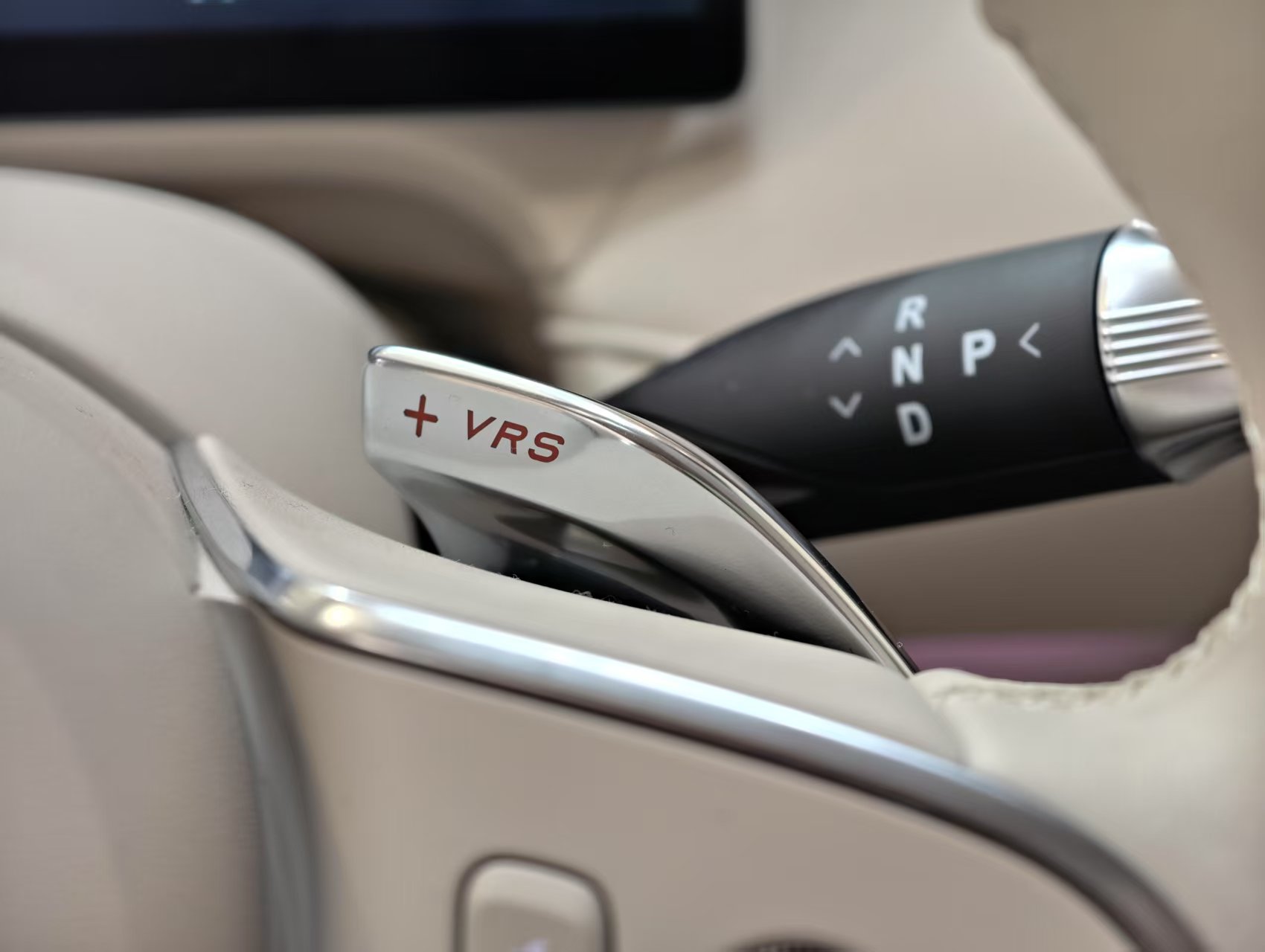
(Image taken by Electric Car News)
Lantu FREE+ comes fully equipped with luxury features like a queen seat for the co-pilot, a 7L dual-sided opening compressor refrigerator, and four electric suction doors. Shao Mingfeng, CBO of Lantu Motors and General Manager of the Sales Company, aptly described it as a "high-end champagne."
Behind the co-pilot seat is an expansion port, similar to those on Huawei Harmony Smart Ride models, potentially supporting the use of Huawei tablets as rear seat entertainment screens, further cementing its identity as a "Huawei-series vehicle."
These changes have earned the approval of the long-time Lantu FREE fan, who always believed the interior needed a youthful makeover.
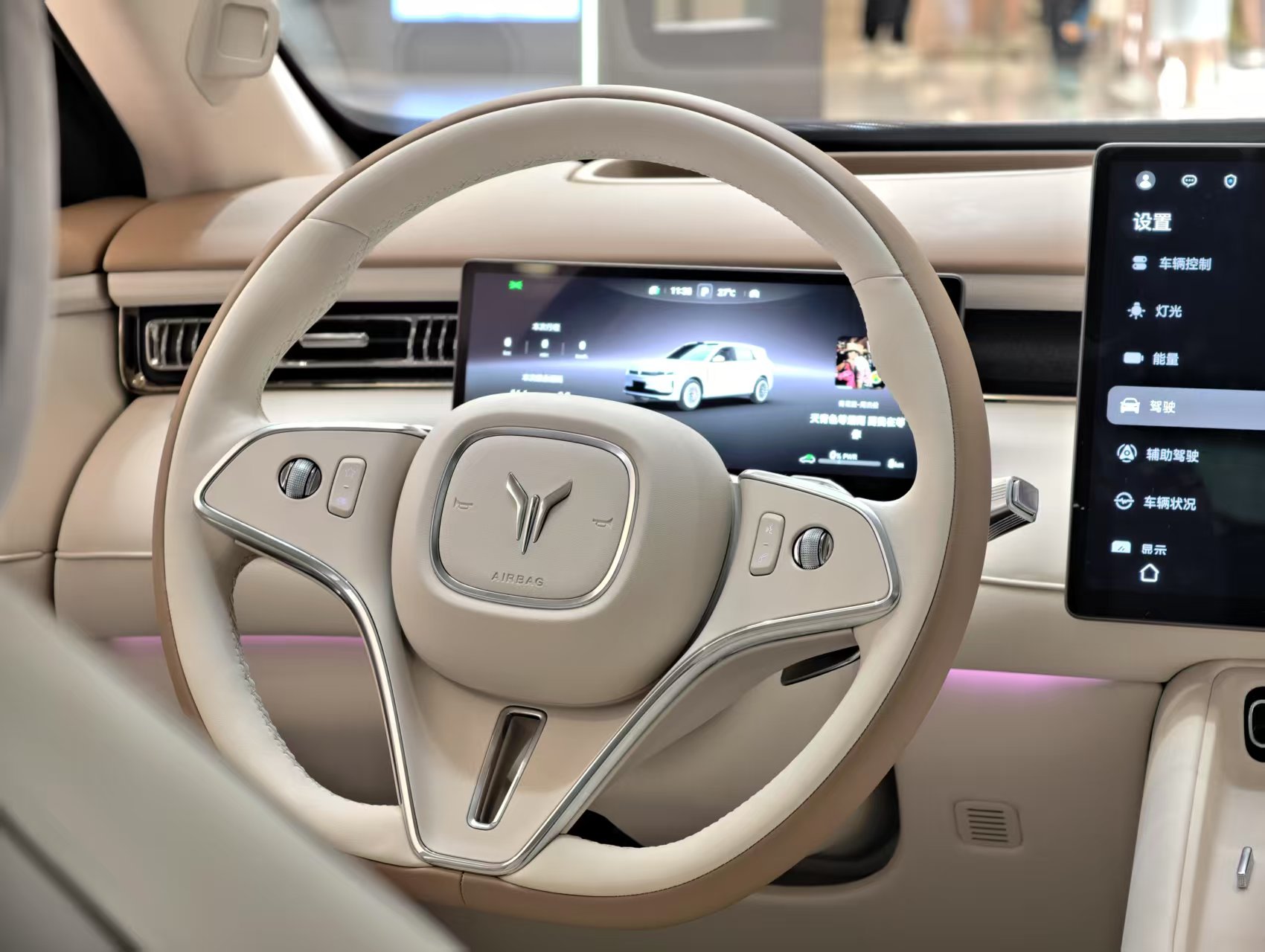
(Image taken by Electric Car News)
"The exterior must be handsome and personalized, but the interior is for oneself. It doesn't matter what it looks like outside; it must be mainstream, youthful, and user-friendly, not like a 'middle-aged person's car,'" said the young fan, representing the views of some car buyers under 30. The repositioned Lantu FREE targets young people. If the interior design is too traditional, it might feel like "borrowing the family car."
What he values more is the software, like the Harmony cabin. Lantu FREE+ is equipped with the HarmonySpace 5 cabin system, consistent with other "Huawei-series vehicles" and compatible with Huawei's device ecosystem, effectively bringing the entire Harmony application ecosystem to Lantu FREE+.
Electric Car News believes the smart cabin is Lantu FREE+'s biggest upgrade. The trend towards software-defined cars is irreversible. As a new-generation vehicle, Lantu's decision to embrace Huawei and strengthen its product strength is spot on. As for lost personality, perhaps the market doesn't need it.
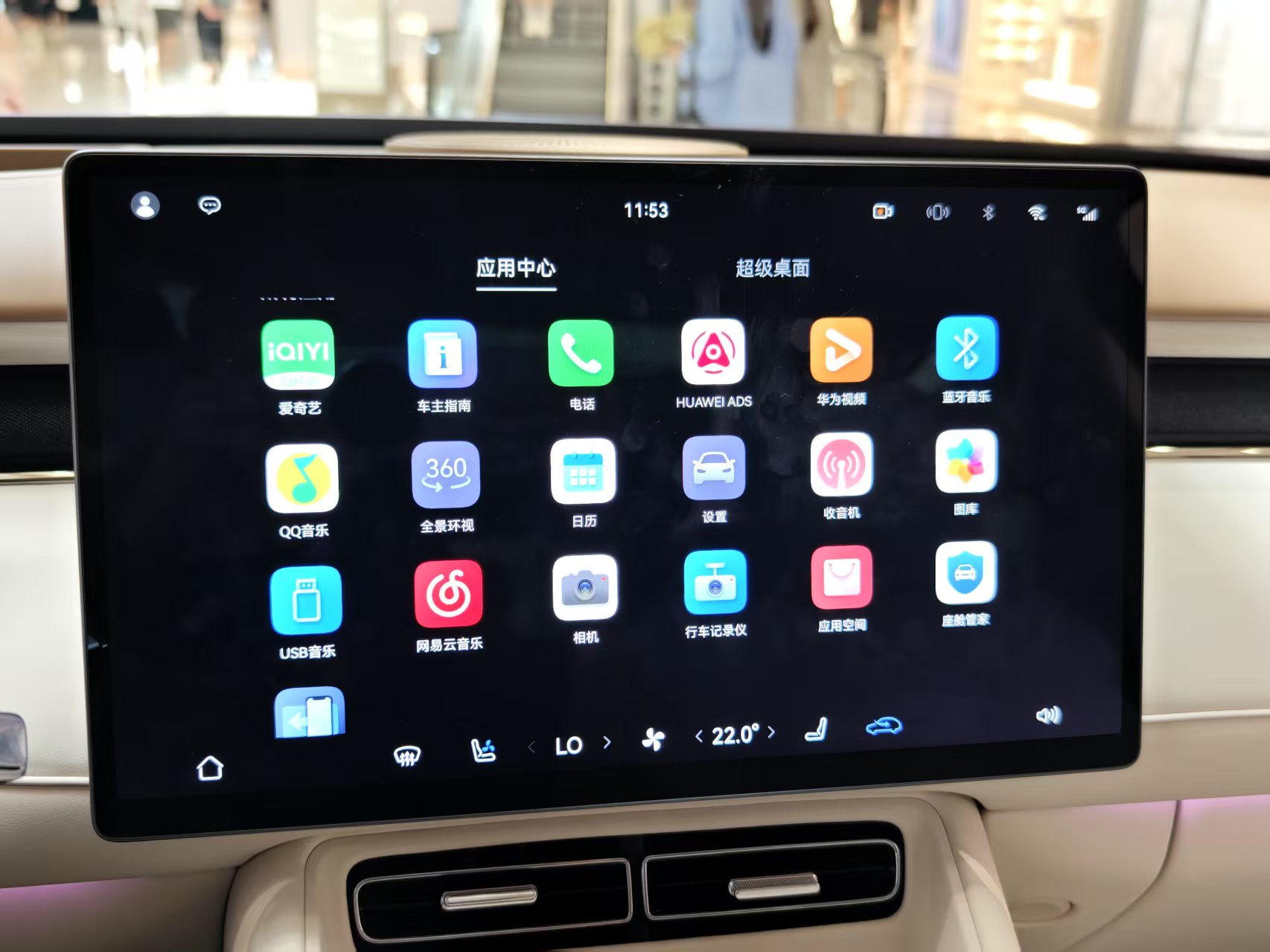
(Image taken by Electric Car News)
Additionally, the new car comes with Huawei's ADS 4 intelligent driving software and hardware solution, allowing customers to purchase the high-end intelligent driving package upon purchase.
Our friend is even more conflicted about Lantu FREE+ than the previous model because he can't let go of the driving experience. Except for the less "aggressive" exterior design, almost all the desired upgrades are concentrated in Lantu FREE+.
Unfortunately, the exhibition car's system version displayed is HarmonyOS 4.3. Perhaps because the new car hasn't launched yet, the software experience wasn't fully released. We'll share our experience later.
A Fully Realized "AITO M7" in Another Parallel Universe?
This "unboxing experience" was brief, leaving two critical questions unanswered: whether the software is user-friendly and whether it continues the previous generation's driving experience. Judging from the configuration list, Lantu FREE+ has numerous upgrades compared to its predecessor. With Dongfeng's endorsement, the driving experience may lean more towards comfort but should still be good.
Electric Car News believes Lantu FREE+ resembles a "fully realized AITO M7" in another universe. Both have a standard large five-seat design, are "Huawei-series vehicles," and offer comparable smart cabins and intelligent driving, with the former potentially excelling in driving experience.
After this major redesign, Lantu FREE+ has lost some of its predecessor's "edges," like the exterior design our friend loved. However, on the bright side, it aligns more with mainstream market demands and has more qualifications to compete with mainstream electric SUVs.
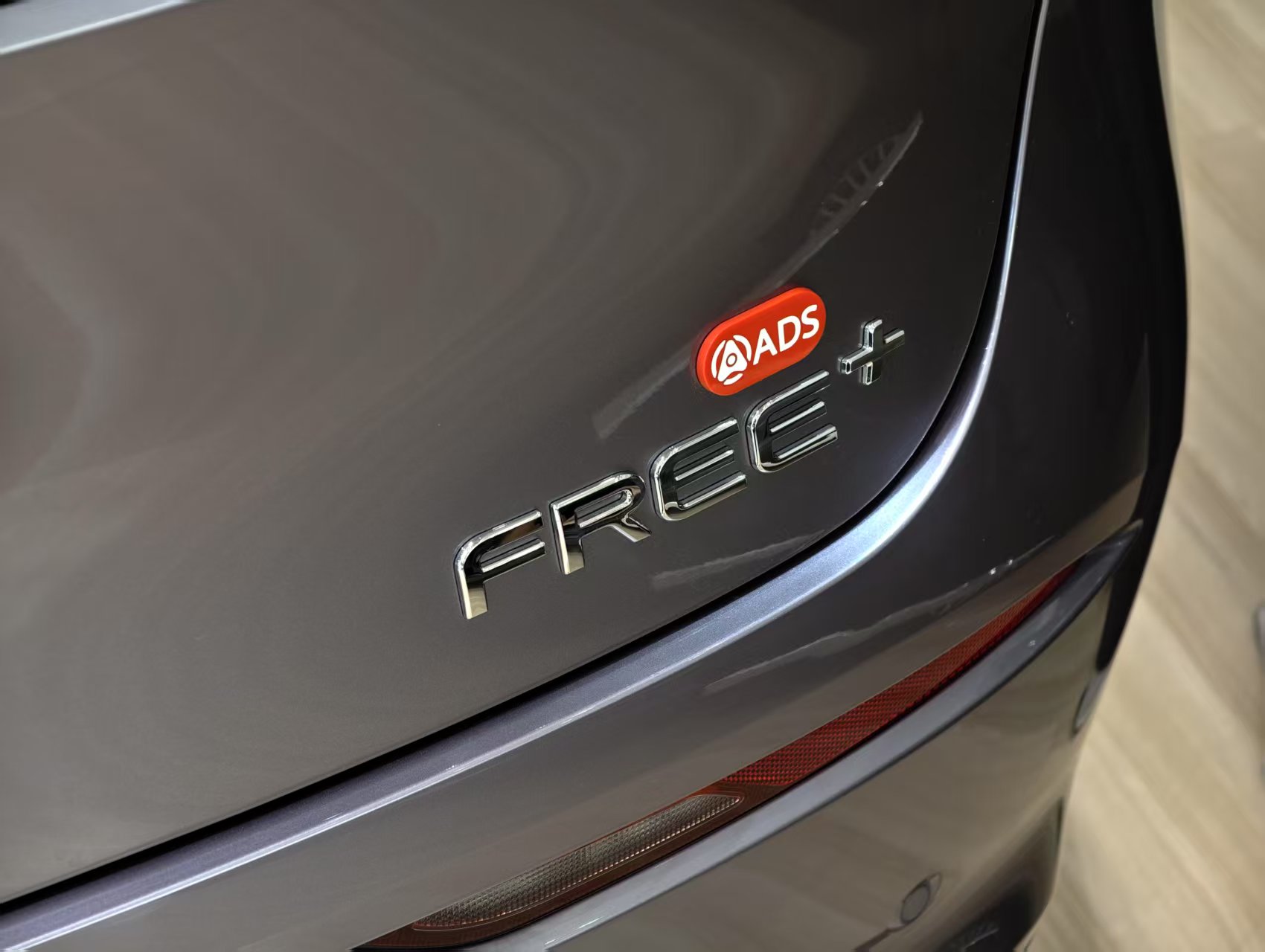
(Image taken by Electric Car News)
While Lantu FREE+ has lost some of its original identity, market demand dictates automakers' choices. It's not their fault for becoming more marketable.
If considering a model like the AITO M7, Lantu FREE+ might be worth considering. In Electric Car News' opinion, it might offer pricing surprises, with a high standard configuration level and being a more youth-oriented electric SUV. Moreover, with new popular models like Xiaomi YU7 entering the market, Lantu FREE+ also has differentiated values like extended-range power and the Harmony ecosystem.
Will the fully "Huawei-infused" Lantu FREE+ sell well? Electric Car News can't answer yet. On one hand, it's a new car more aligned with the market. The latest Dreamer also reflects the results of Lantu and Huawei's collaboration, and its market performance should be at least as good as its predecessor. On the other hand, with new players entering, there are more choices, and cars will only get better. Predicting whether Lantu FREE+ can achieve stable ideal sales volumes is difficult.
But regardless, as Lantu's first model, Electric Car News hopes it won't become a "sacrifice" in the automotive market.
Lantu, Dongfeng Motor, Huawei, Harmony Cabin, Extended Range, Lantu FREE+
Source: Lei Technology







